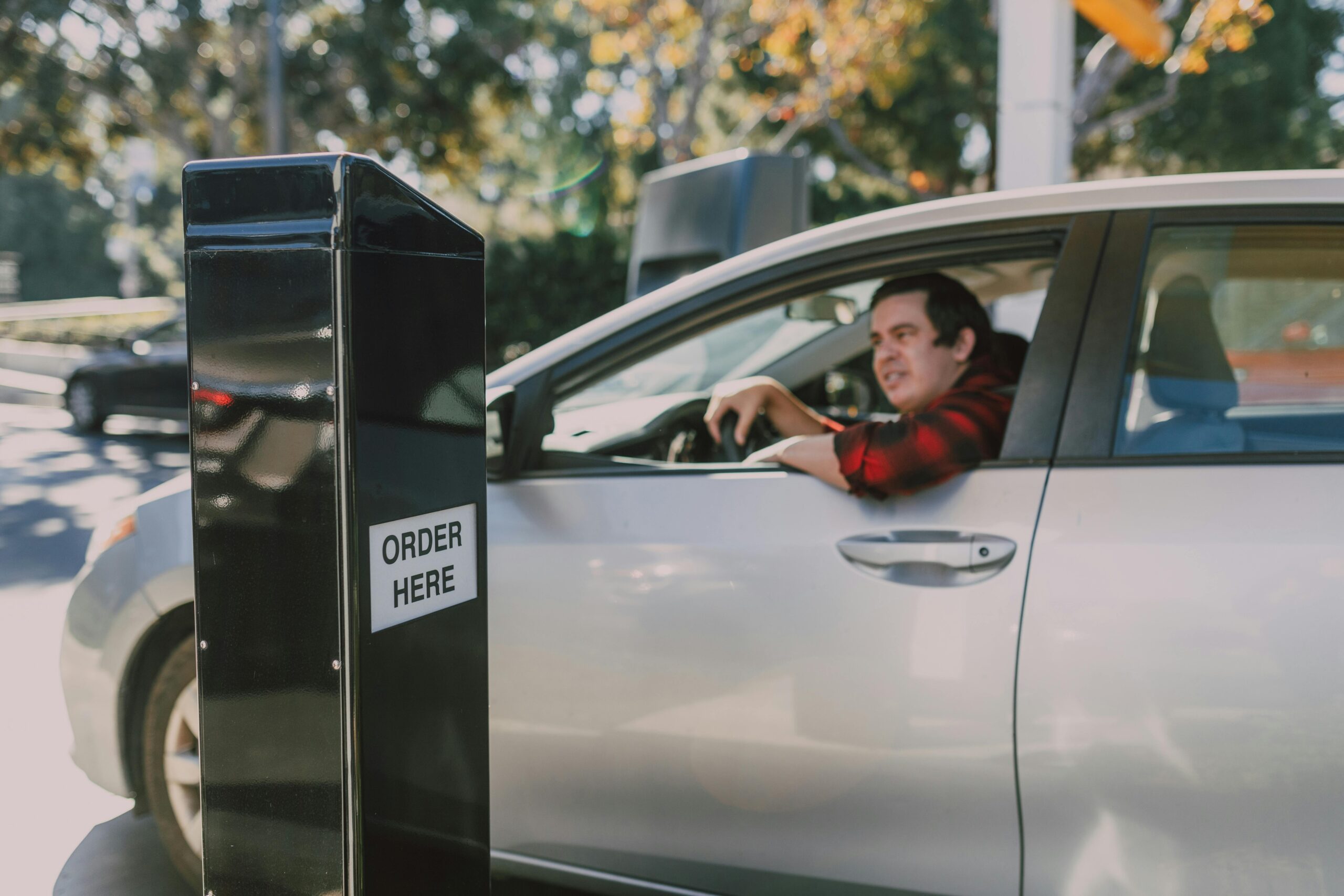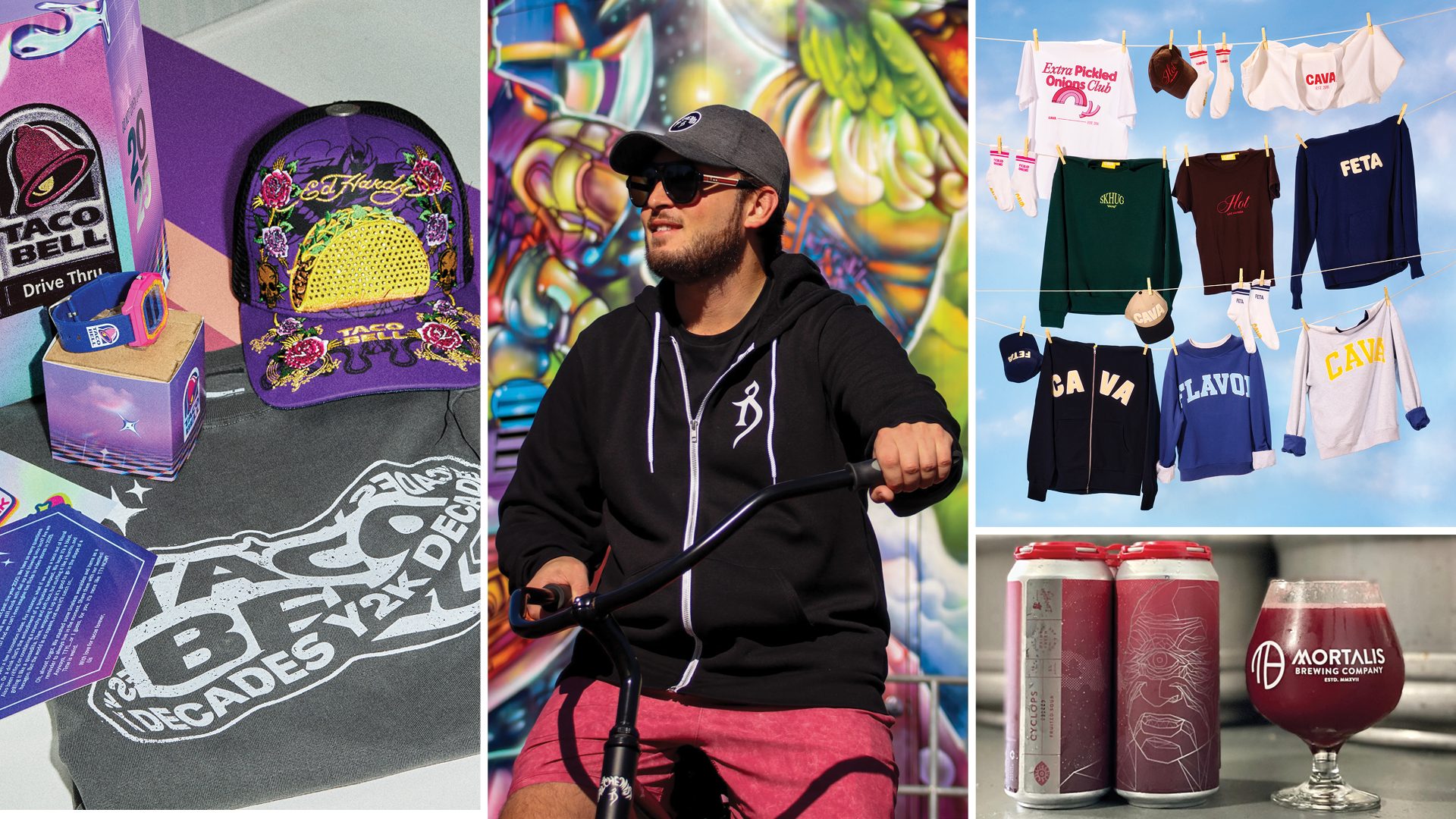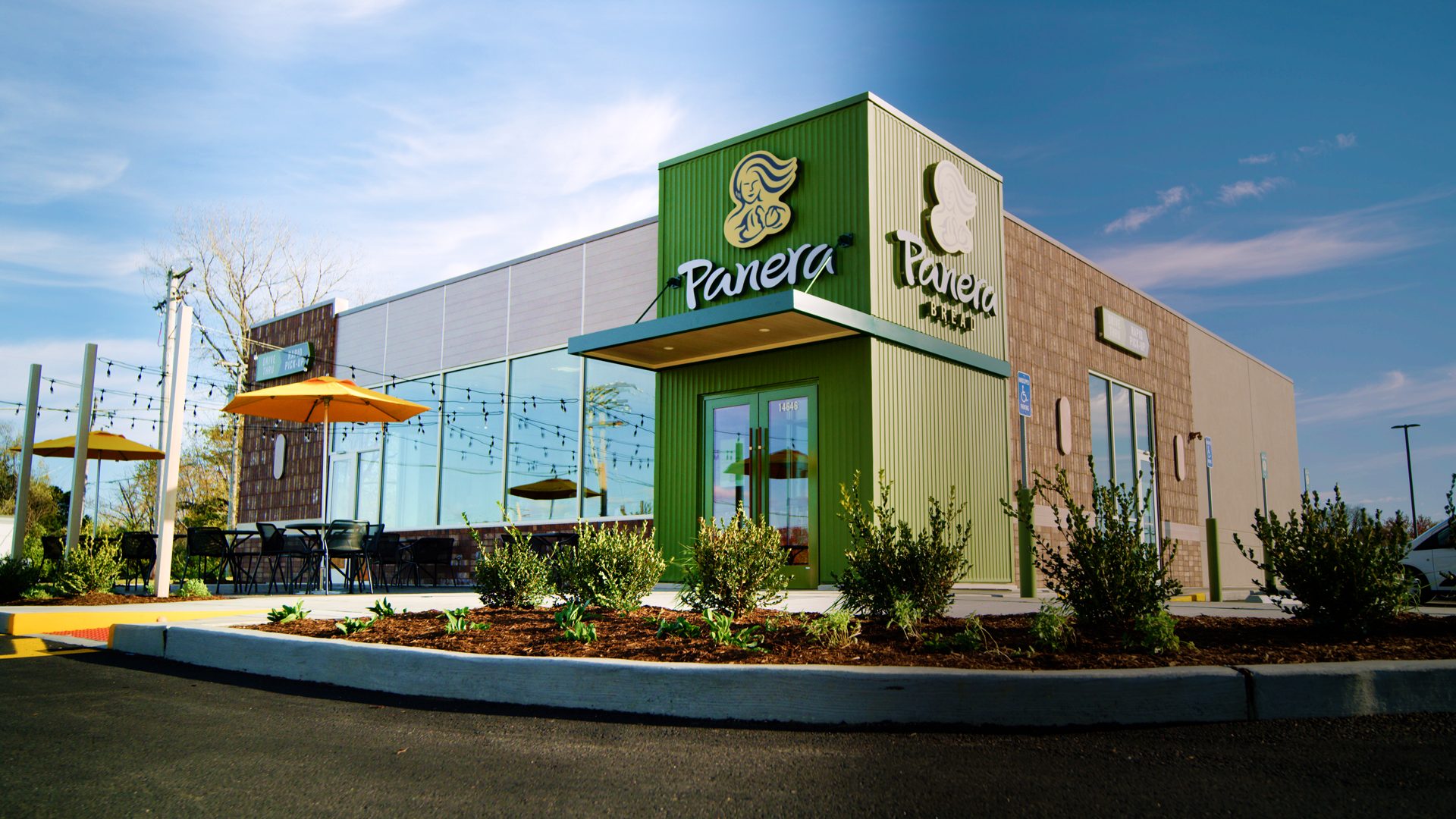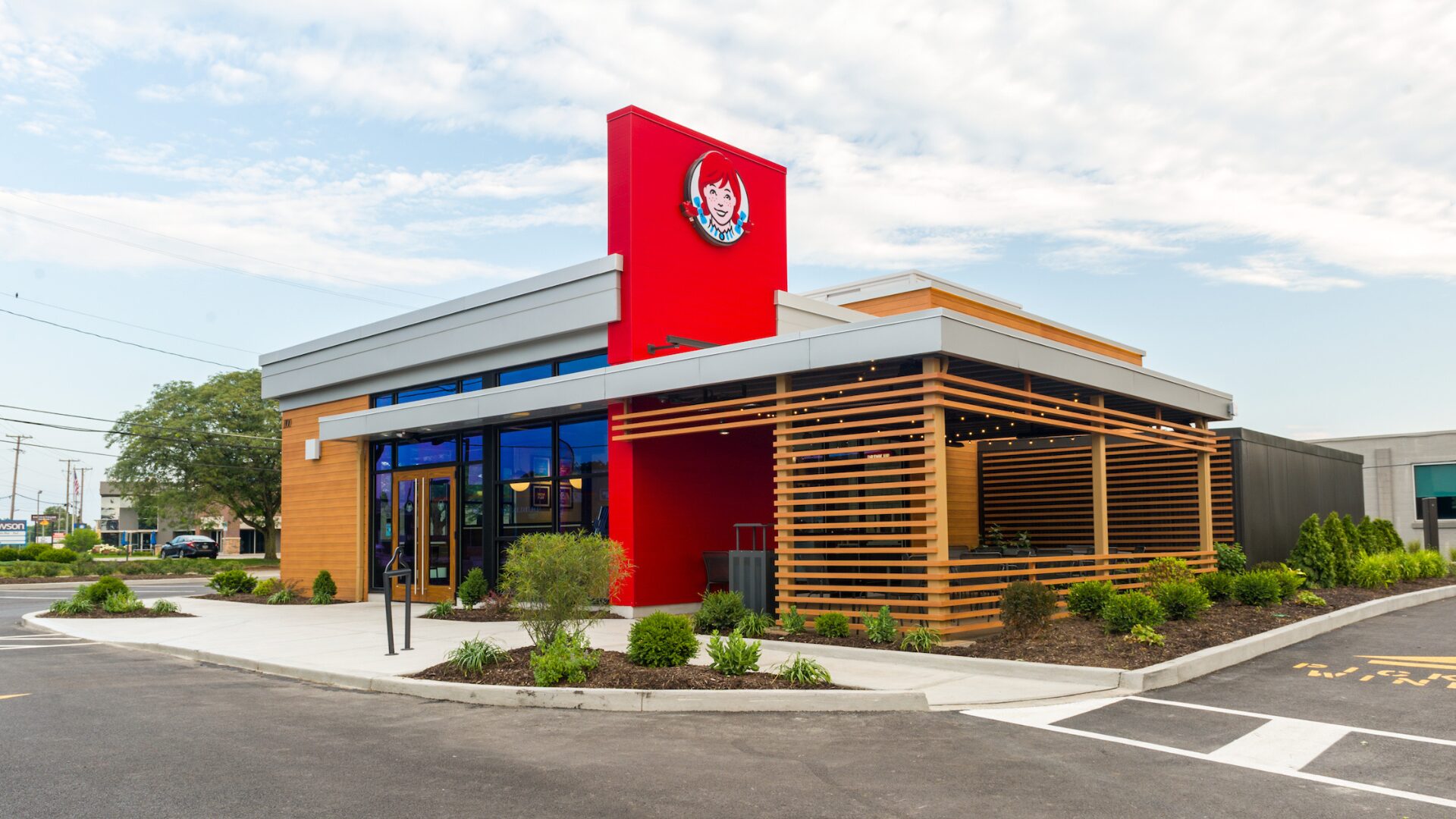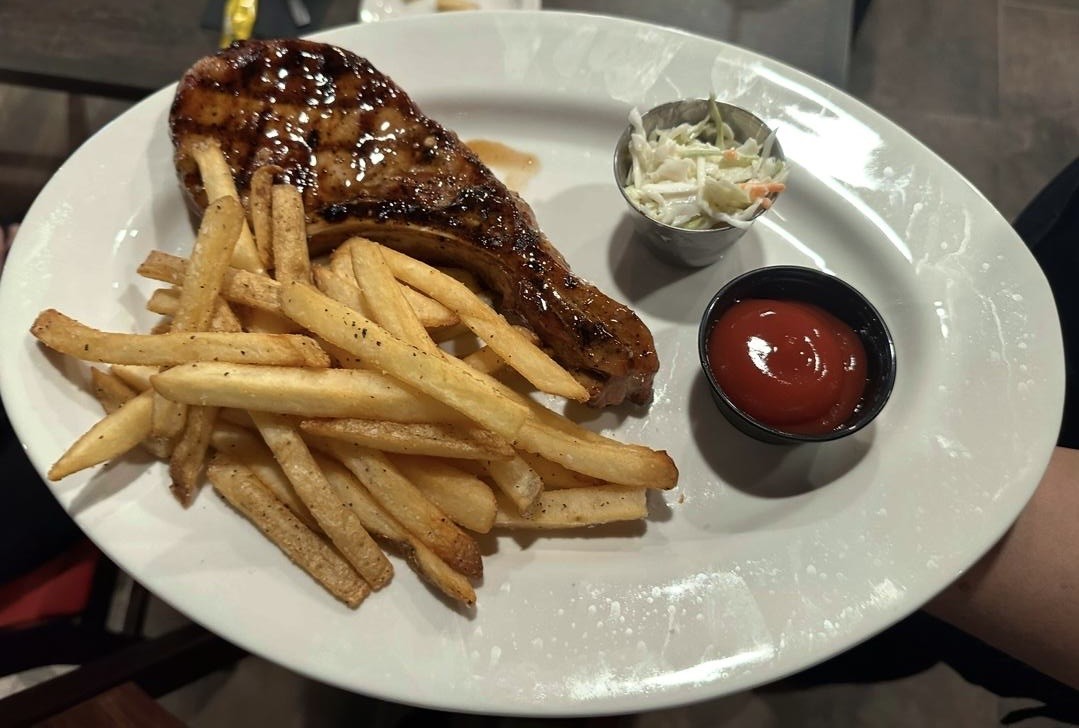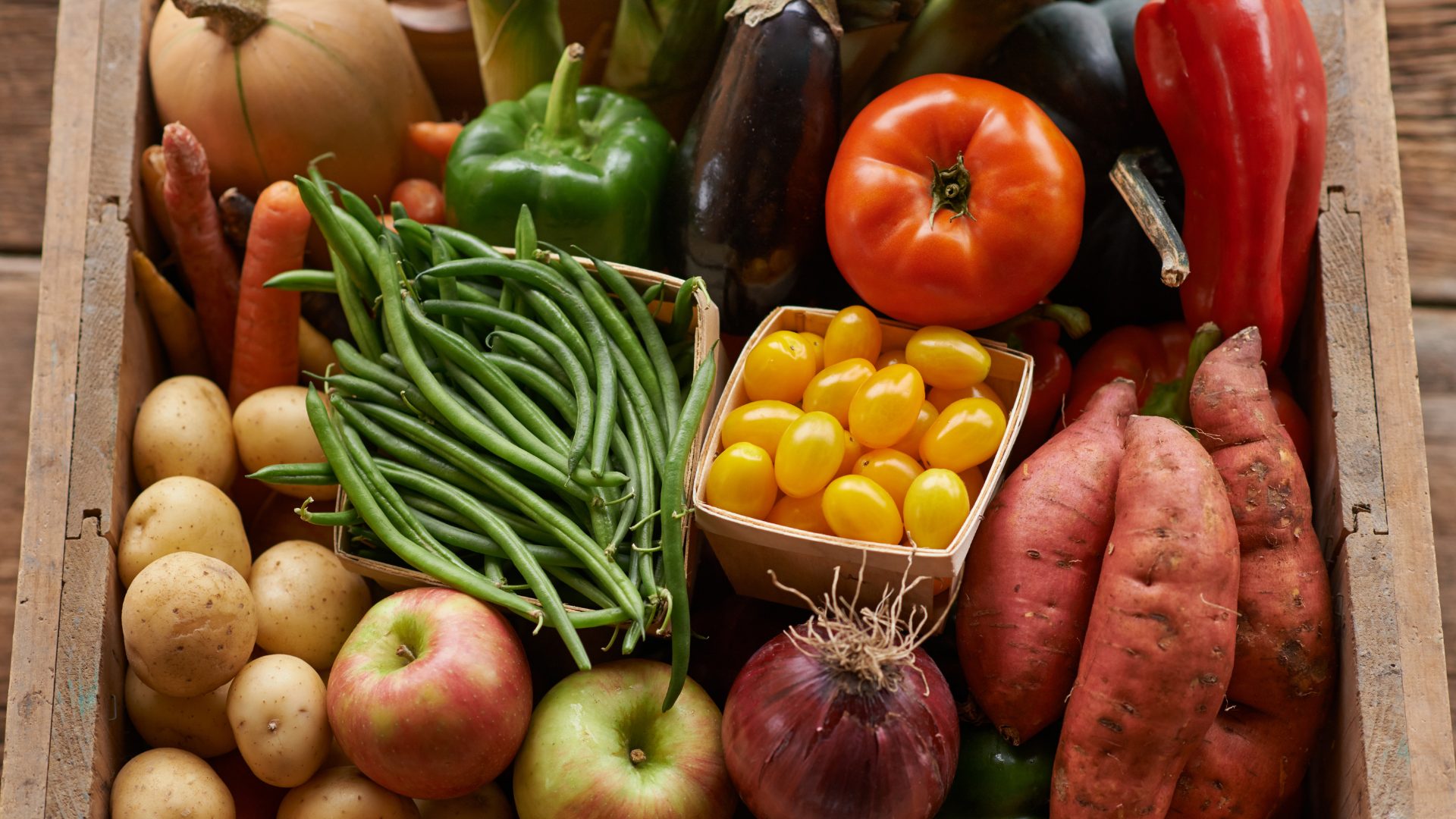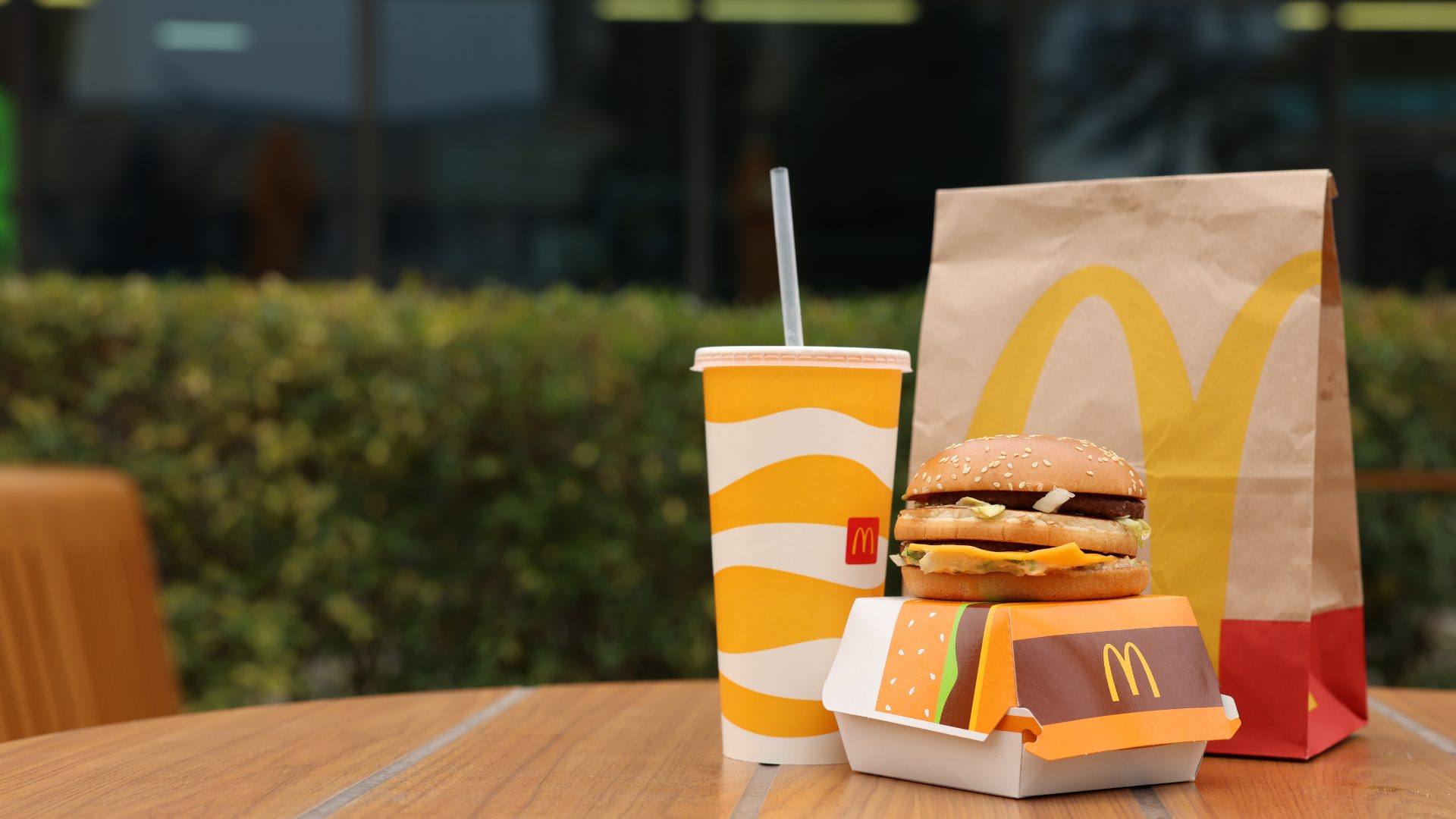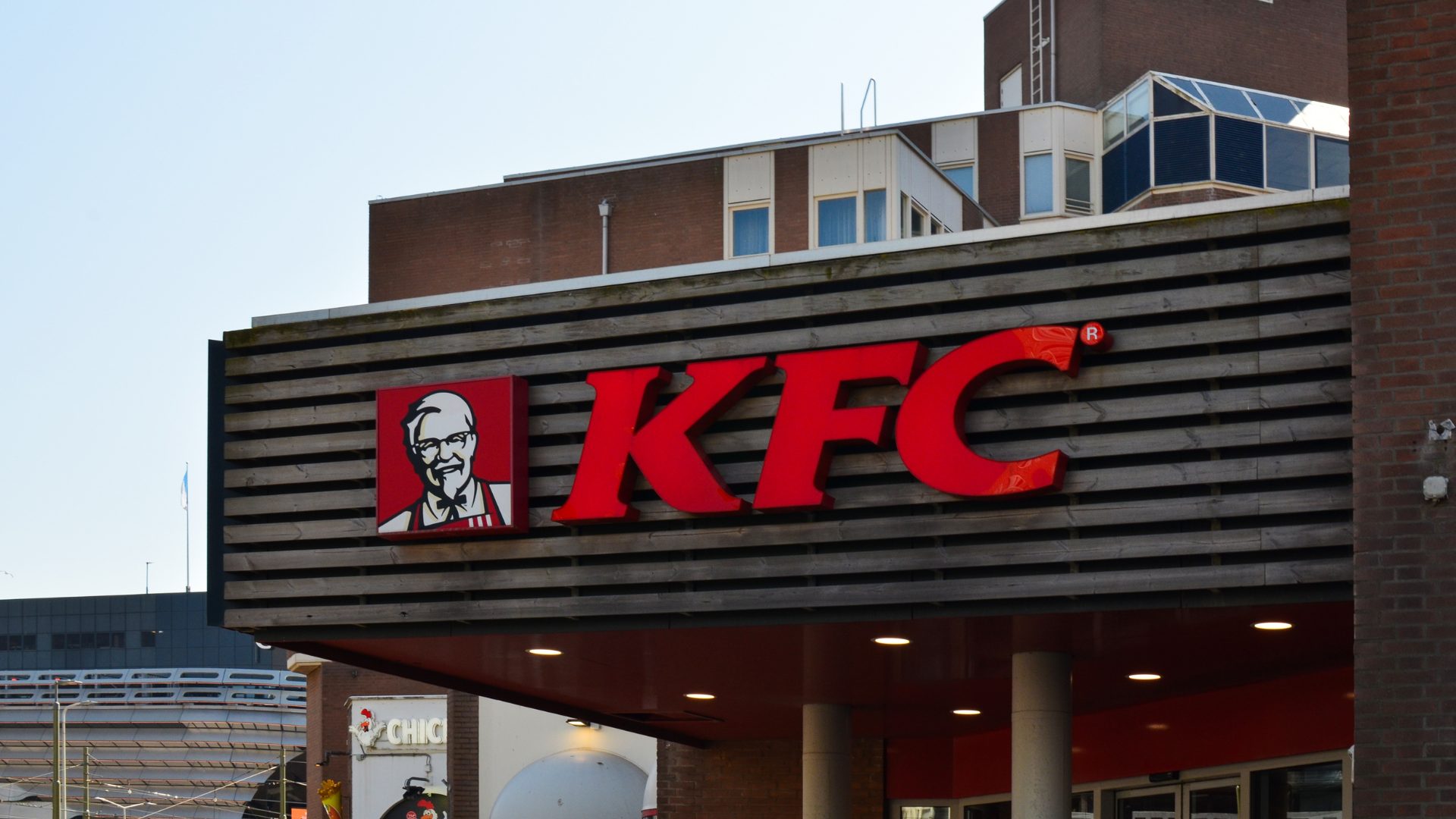Technology like AI is reshaping everything – including how we dine. Intouch Insight recently released its 2025 Emerging Experiences study, which took a look at how top quick-service restaurants are leveraging new technology to enhance the customer experience and outpace competitors.
“QSRs aren’t just adopting technology – they’re using it to redefine guest experiences,” Sarah Beckett, VP of Sales and Marketing at Intouch Insight, said in a press release.
“Our study shows that success hinges on more than just speed and convenience. The brands that stand out are blending efficiency with genuine human connection at every touchpoint.”
The study looked at tech used by Wendy’s, Panera, Chipotle, Bojangles, Dutch Bros, McDonald’s, Wing Stop, Taco Bell, and Shake Shack. The primary technologies these trend-setting QSR’s utilized were AI, mobile ordering, and kiosks.
While QSRs are revolutionizing the dining experience by integrating AI, mobile ordering and kiosks, their success ultimately depends on balancing efficiency with human connection. Intouch Insight’s 2025 study highlighted how industry leaders are using innovative tech to create efficiencies.
Let’s take a look at the benefits and drawbacks related to modern technology that the study uncovered.
Voice AI
Voice AI drive-thru ordering systems outperformed traditional drive-thru methods by being quicker but also receiving a higher “friendliness” ranking. However, it’s worth noting that 22% of AI orders still required employee intervention last year.
Mobile Ordering
Mobile ordering is more efficient overall, with customers spending an average of 3.5 minutes less in the restaurant and almost 2 minutes less in the drive-thru. The technology also offers relatively effortless personalization of orders. The main drawback to mobile ordering is that there’s less opportunity for upselling by the restaurant, which may leave money on the table.
Restaurant Kiosks
Ordering at a kiosk is easy for customers but some found it to be less friendly and too impersonal. Friendliness ratings dropped from 78% with traditional counter service to 66% when the order was placed at a kiosk, which is lower than any other ordering method examined in the study.
These findings demonstrate that customers largely appreciate the technology, yet there’s still a human element that consumers demand to make their experience as pleasant as possible. Although it may streamline the process, human interaction remains important, which restaurants must not lose sight of.
Ultimately, Intouch Insight’s study revealed that the key to remaining on top as a QSR entails striking a balance between cutting-edge technology and good old-fashioned hospitality.
The Food Institute Podcast
It’s tariff time, and companies the world over are working to better understand how their operations will be impacted. Jodi Ader from RSM US LLP joined The Food Institute Podcast to discuss which products and inputs are currently subject to tariffs, and how to best mitigate supply chain risks.


